SEARCH






|
|
|
|


by Editor Lourens Durand
Published the 18th of November 2020
Picture yourself as a watercolour artist commissioned to do a painting of an architectural landmark – a cathedral, a castle, or even a whole architectural landscape.
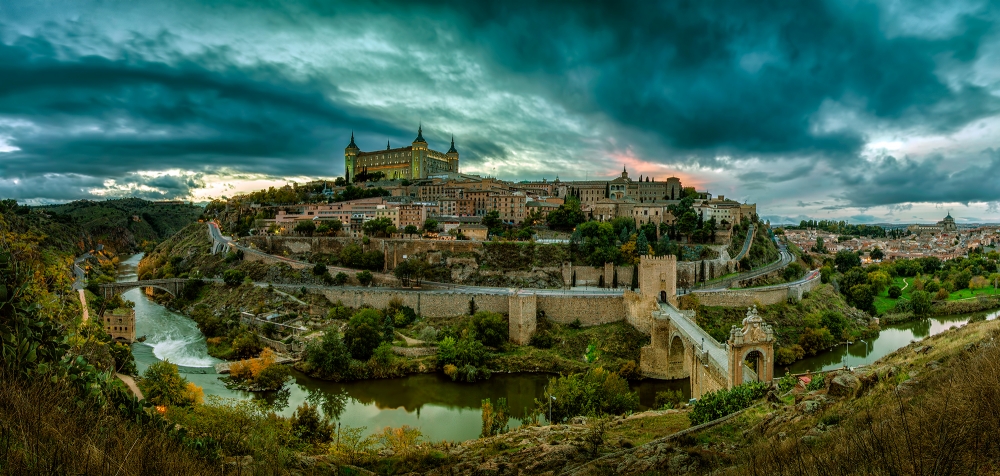
'Toledo – The City of the Three Cultures' by Pedro Jarque
You would probably visit the site at different times of the day to see how the shadows fall and how the light reflects off surfaces, taking note of how stormy weather softens the edges of the building, how long shadows add warmth and texture, how bright sunlight gives harsh results and decide that the Golden Hour is still often the best choice. You would possibly walk around the building several times, looking for the best angle, searching for the soul of the building.
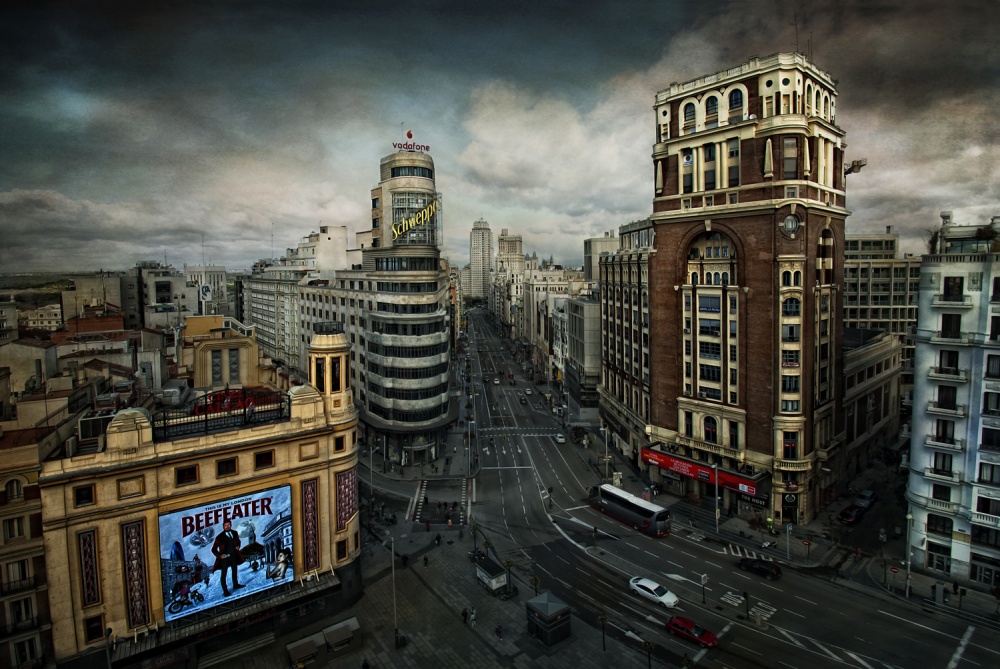
'The dark city' by Jose C. Lobato
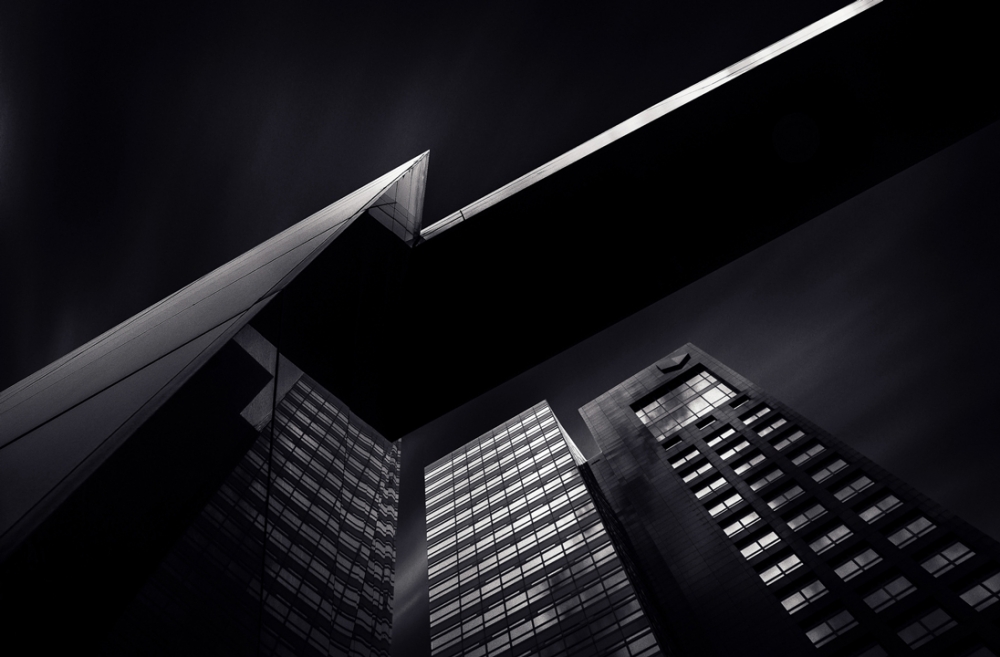
'Perspective in motion' by Padurariu Alexandru
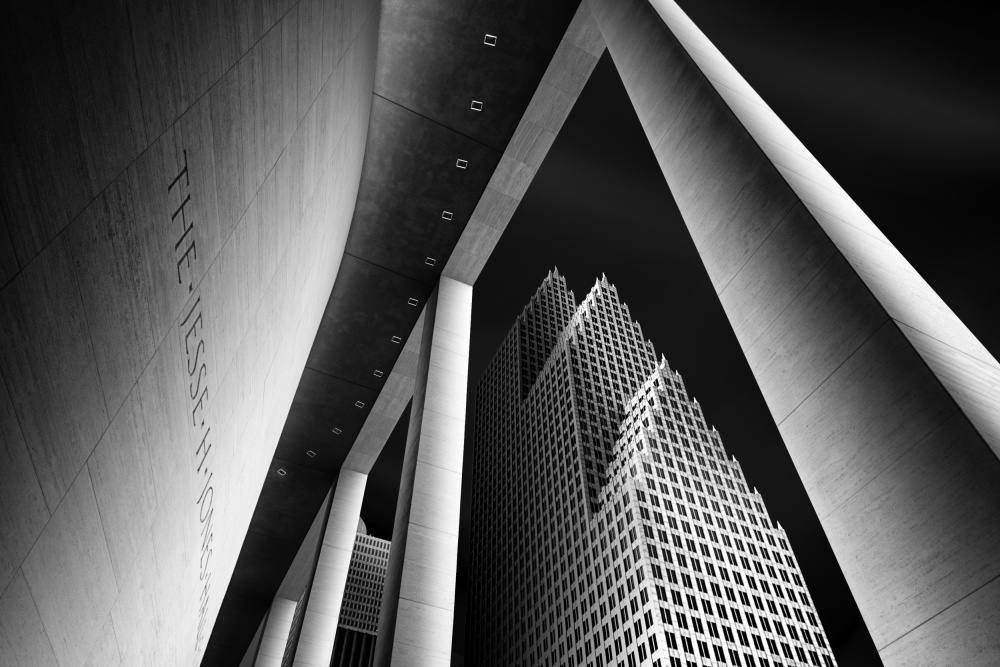
'Entert Performing Arts' by Mabry Campbell
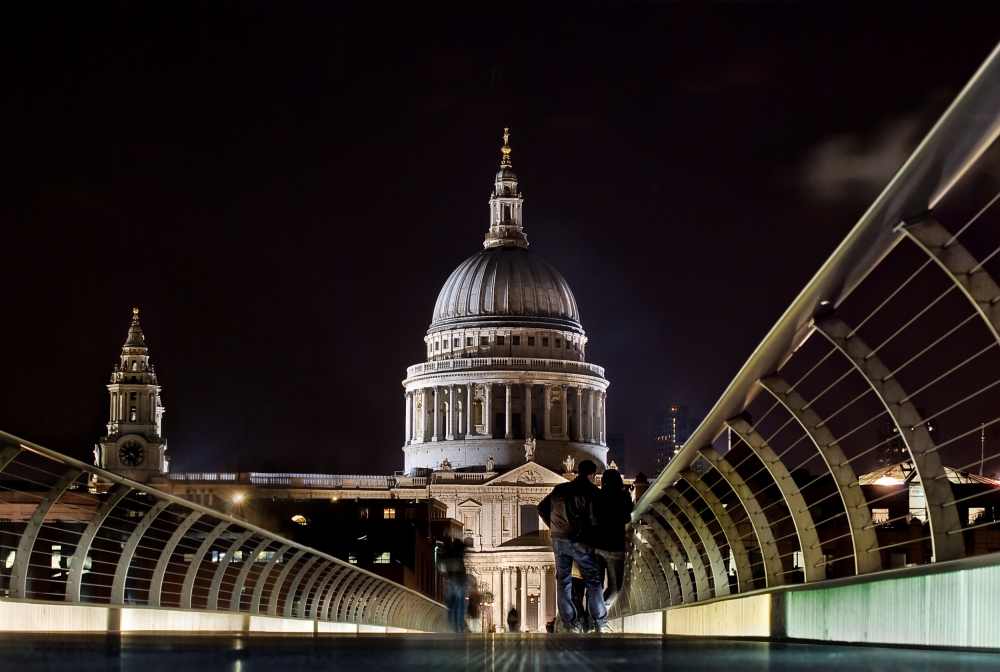
'Time Tunnel' by Dragan Jovancevic
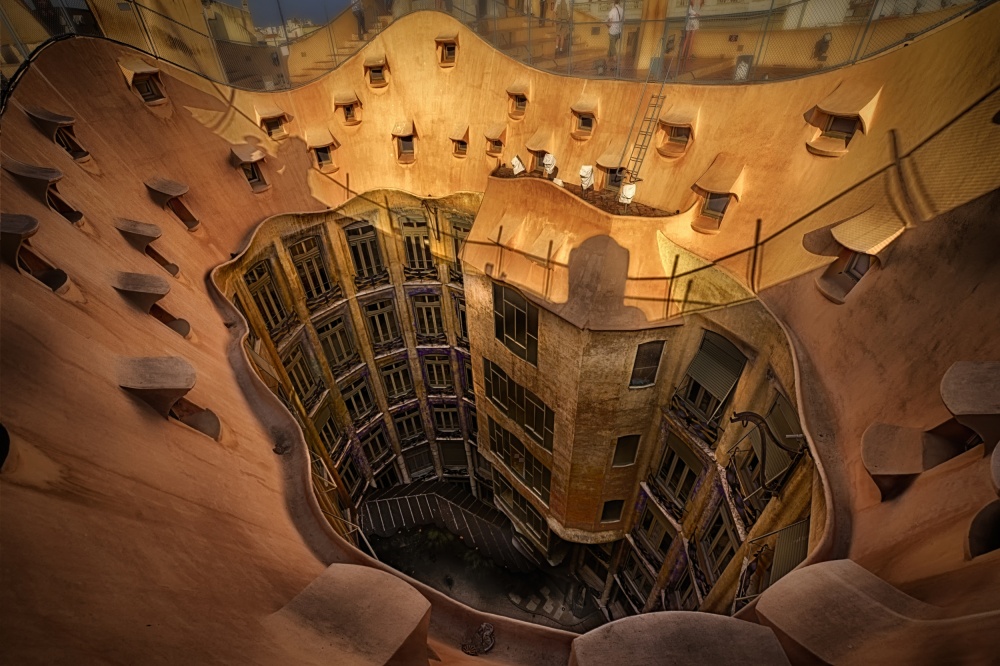
'Curves of Gaudi' by kurt hansen
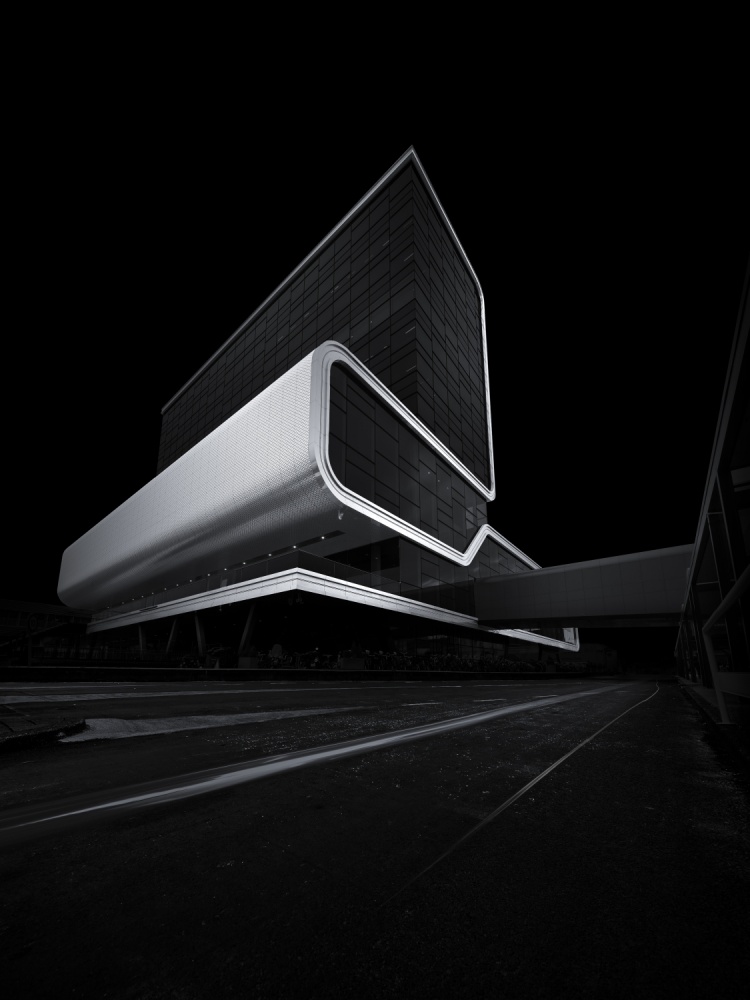
'Speeding through darkness' by Mathijs van den Bosch
All the while you would be making rapid thumbnail sketches to get the feel of the building, to find the best way to fit it into the frame, and to see how you could add a sense of movement or drama using angles, light and shade, symmetry and diagonals or how to add a feeling of calm through horizontal lines, or power through the use of verticals. You may look upwards to find a unique line, or you may climb to an elevated position for a different view. You may stand up close to examine the details or further back to position the building in its surrounding landscape, still feverishly sketching your ideas.
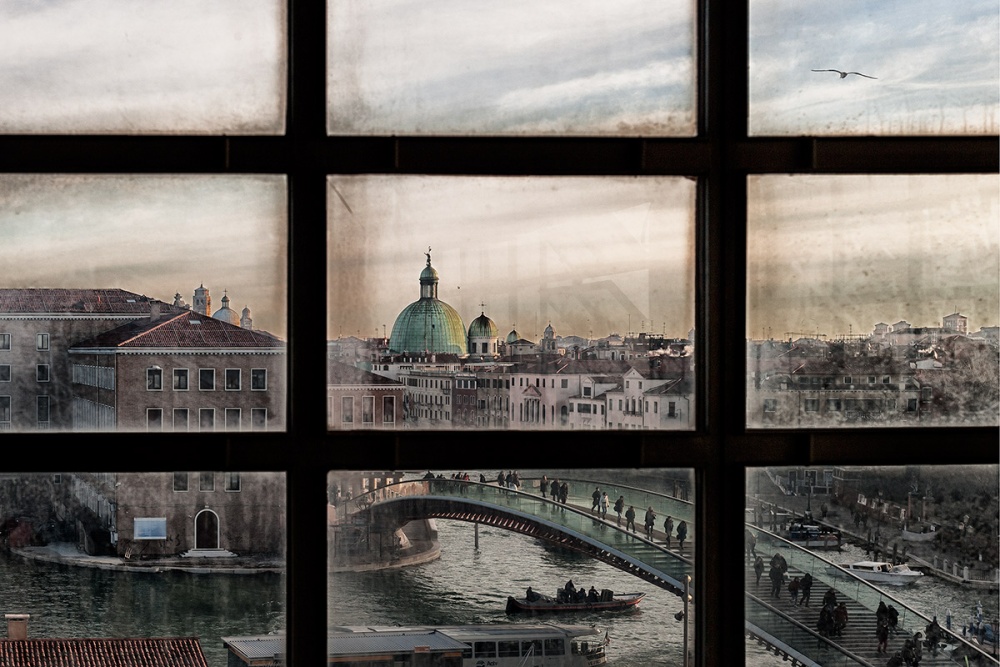
'Venice Window' by Roberto Marini
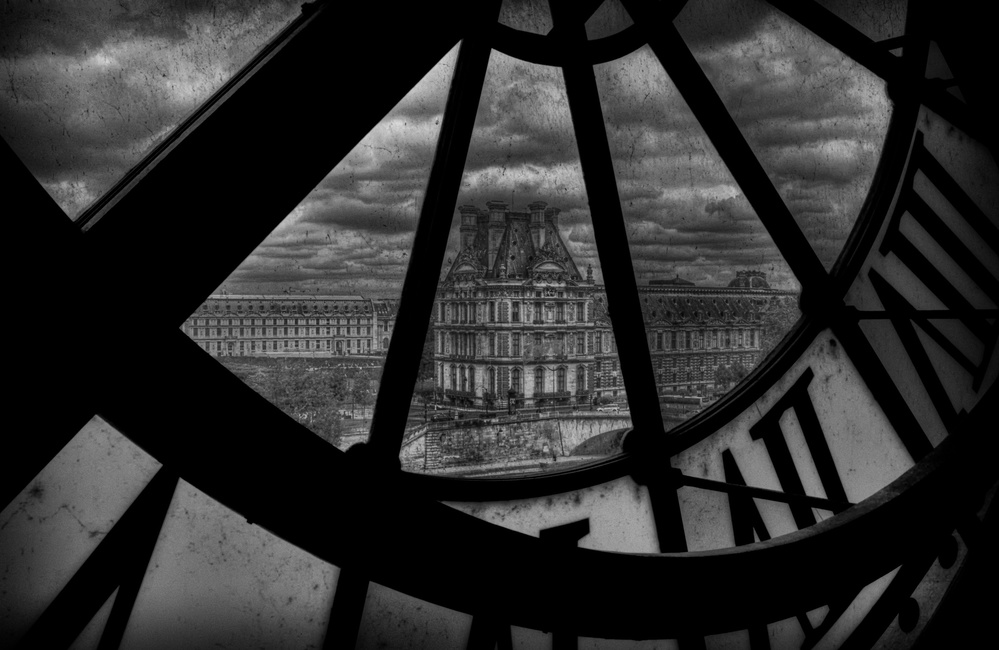
'Behind the clock' by Christian MARCEL
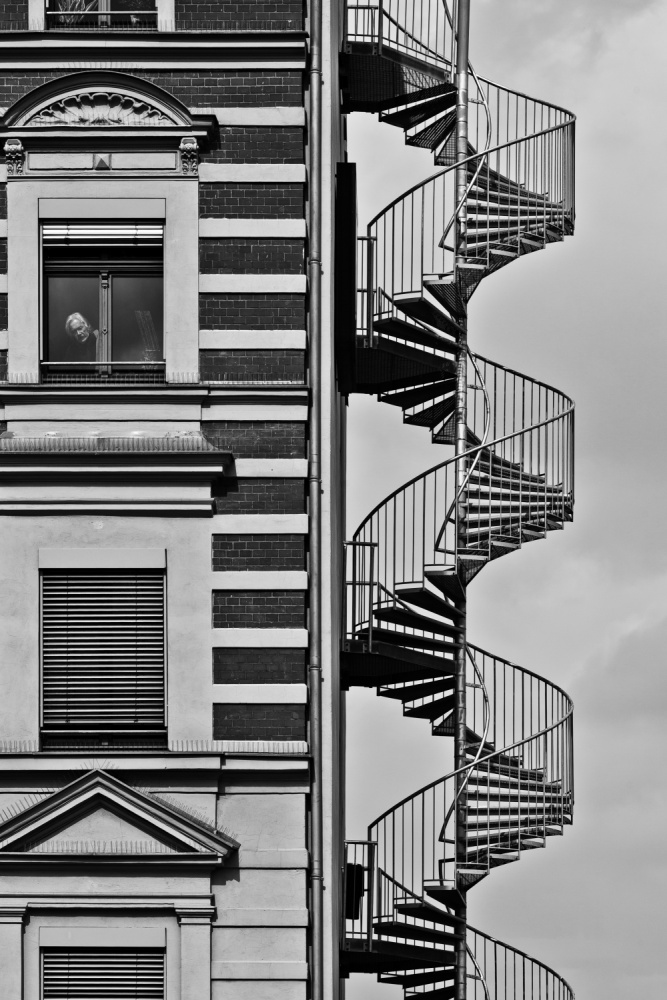
'lonely man' by Christian Müller

'Entrance to the state parliament …' by Herbert A. Franke
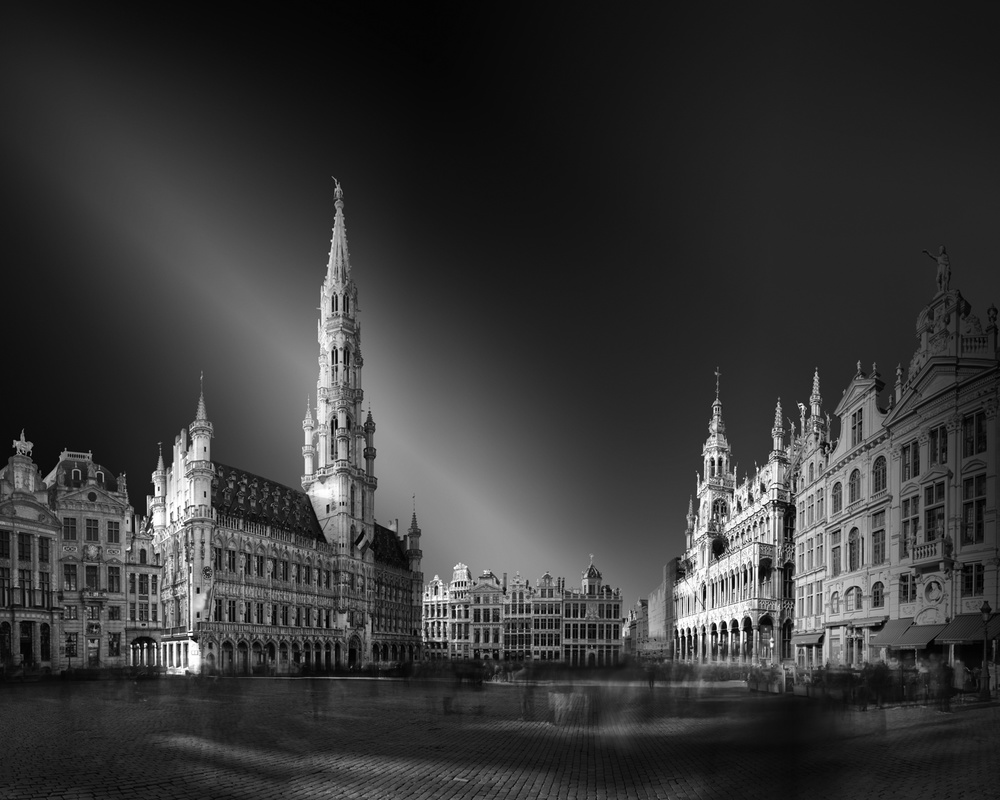
'Brussels lace' by Sophie Voituron
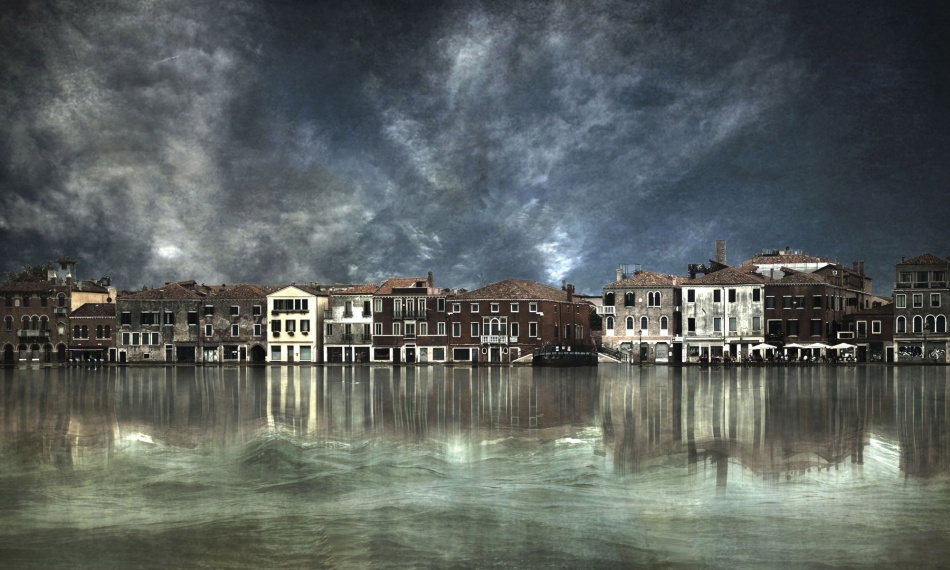
'Reflections in Venice' by Nieves. Bautista
Perusing these sketches later may help you, the artist, to decide on the best set of variables, before doing a more detailed sketch of the selected view, showing light and shade, colours, and proper perspectives.
As architectural photographers, we should be going through a similar process of preparation (perhaps replacing the thumbnail sketches with snapshots), getting to know the subject intimately before getting down to the practicalities of the final photograph.
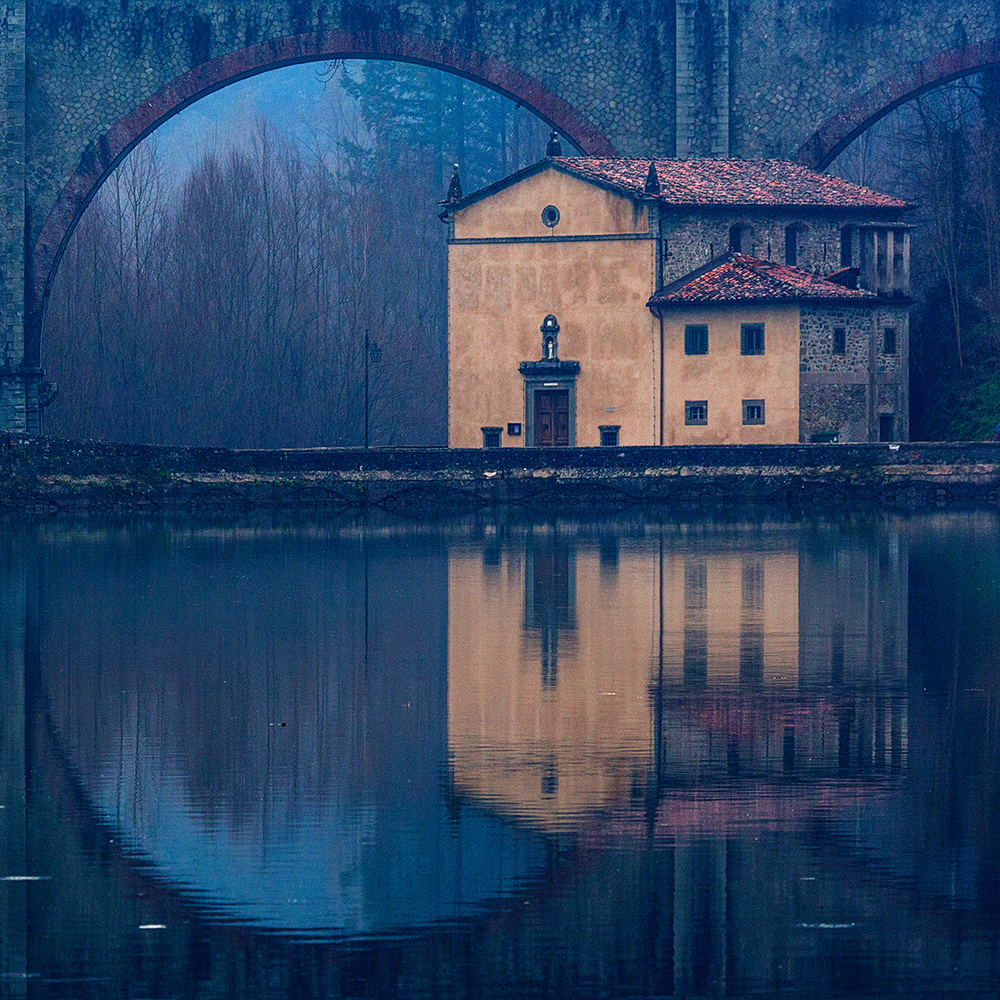
'Pontecosi 1' by Massimo Della Latta
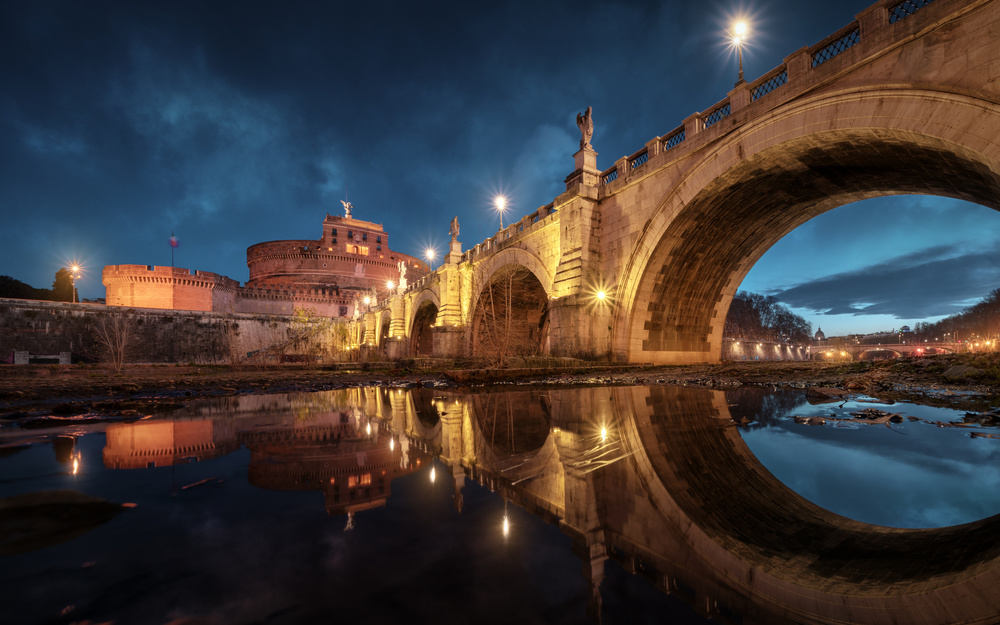
'Sant'Angelo' by Juan Pablo de Miguel
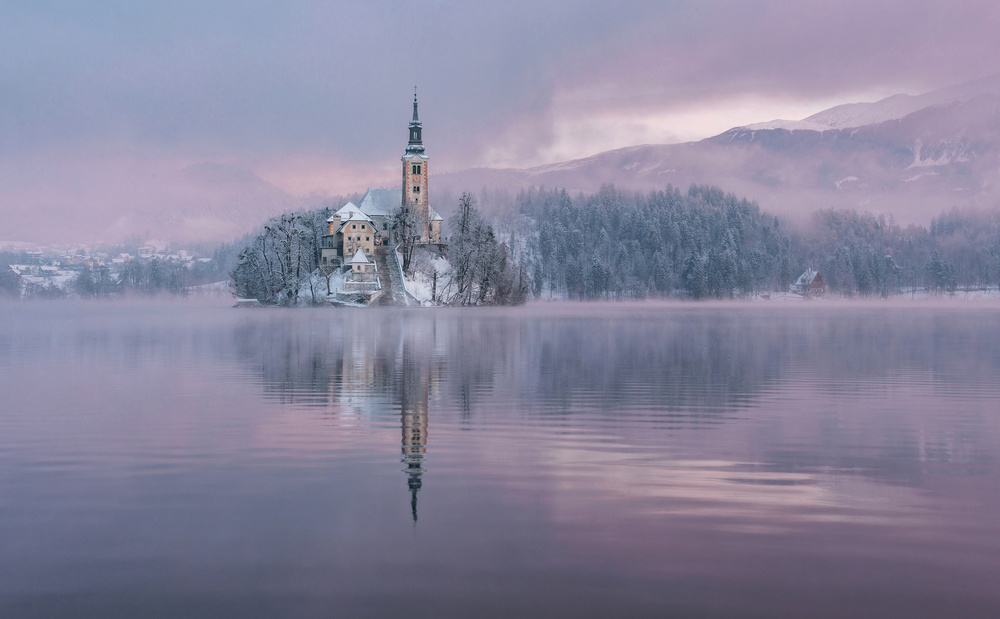
'Frozen Fairytale' by Ales Krivec
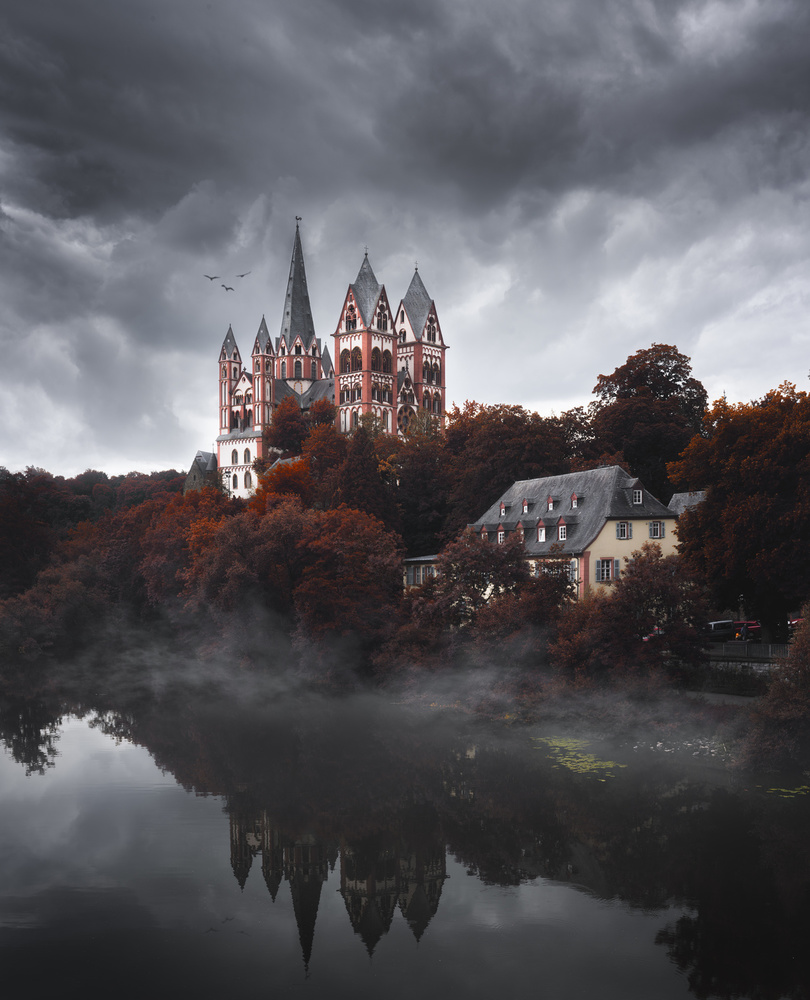
'Fairy tale Limburg' by Massimiliano Coniglio
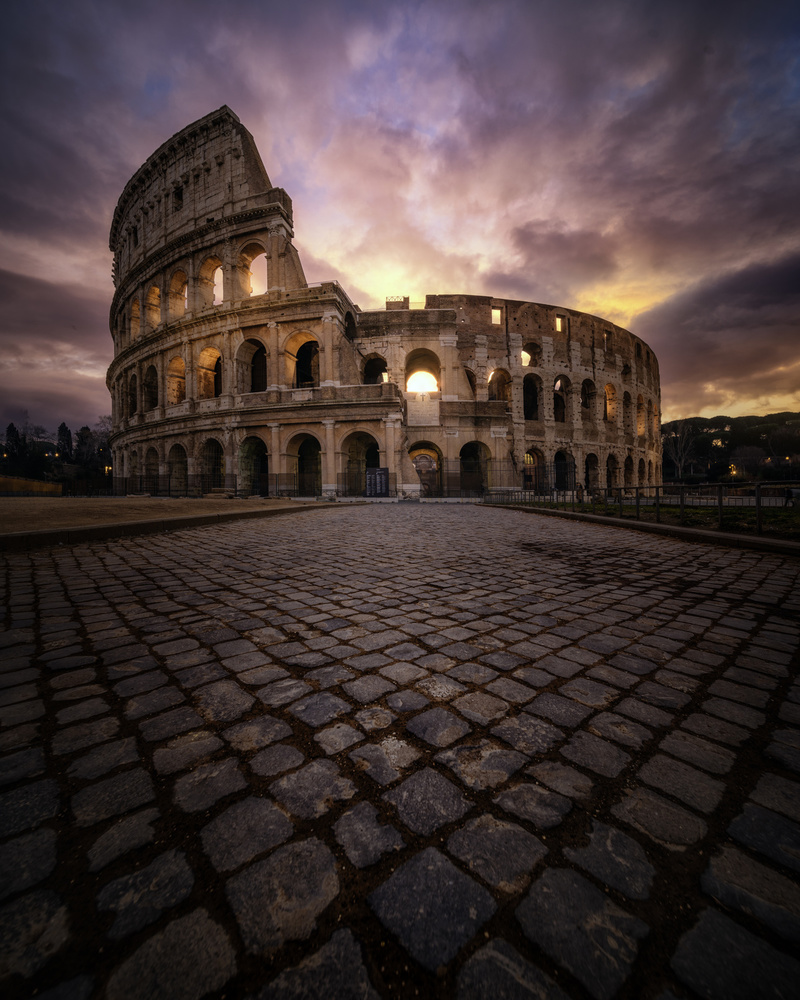
'Tres luces no tan perdidas' by Juan Pablo de Miguel
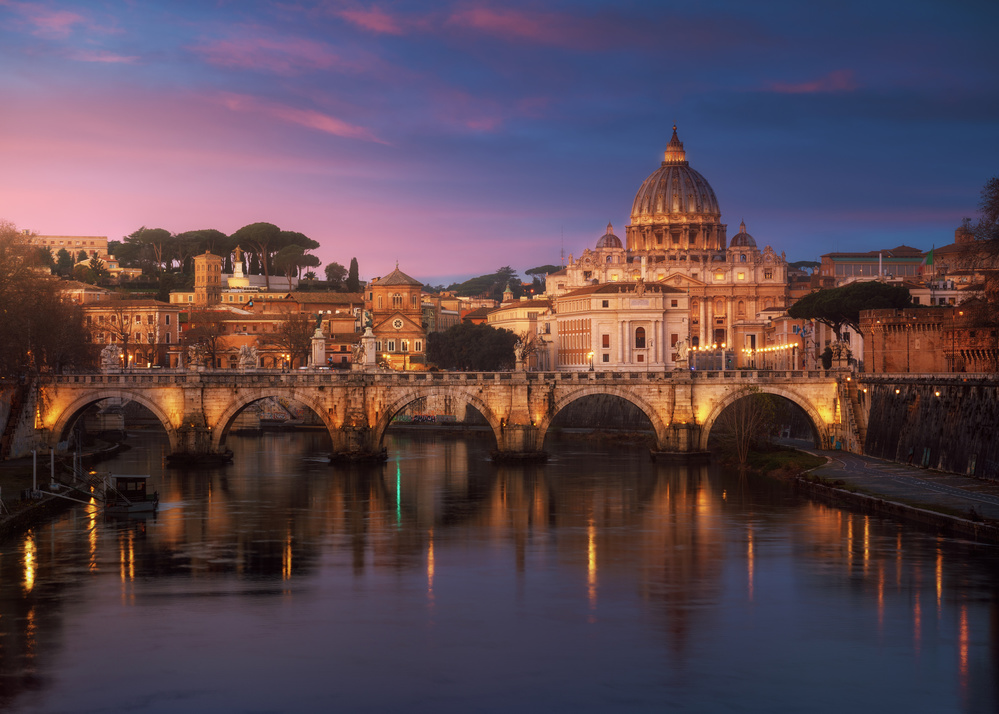
'Roma 1.' by Juan Pablo de Miguel
One of the problems with architectural photography is that, even if the camera is only slightly off the vertical, buildings will end up having converging vertical lines (OK for some types of photography, but mostly not).
This can be overcome by using a tilt-shift lens (the expensive option) or by mounting the camera on a tripod and ensuring its verticality.
Wide angle lenses are good for long shots but may introduce some lens flare and distortion. Using a narrower angle and shooting a panorama of two or more shots is often the better solution.
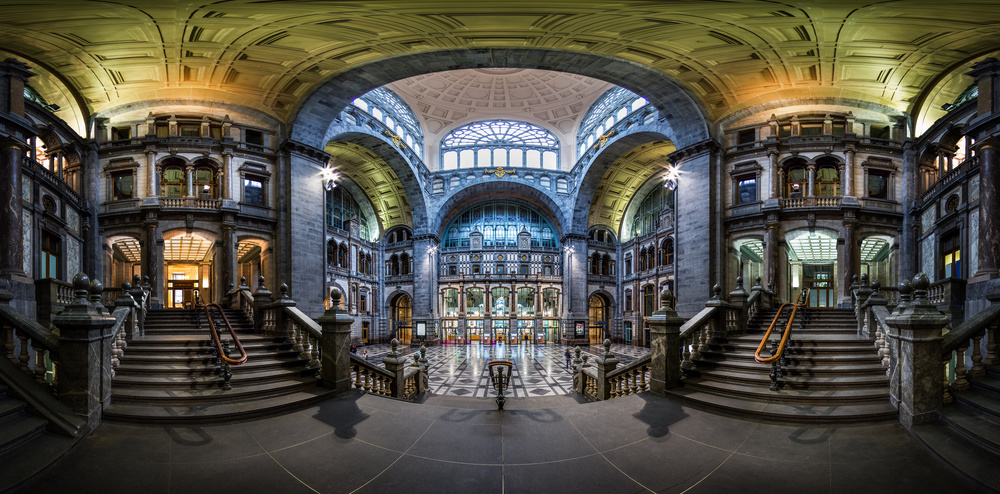
'Centraal station' by Sus Bogaerts
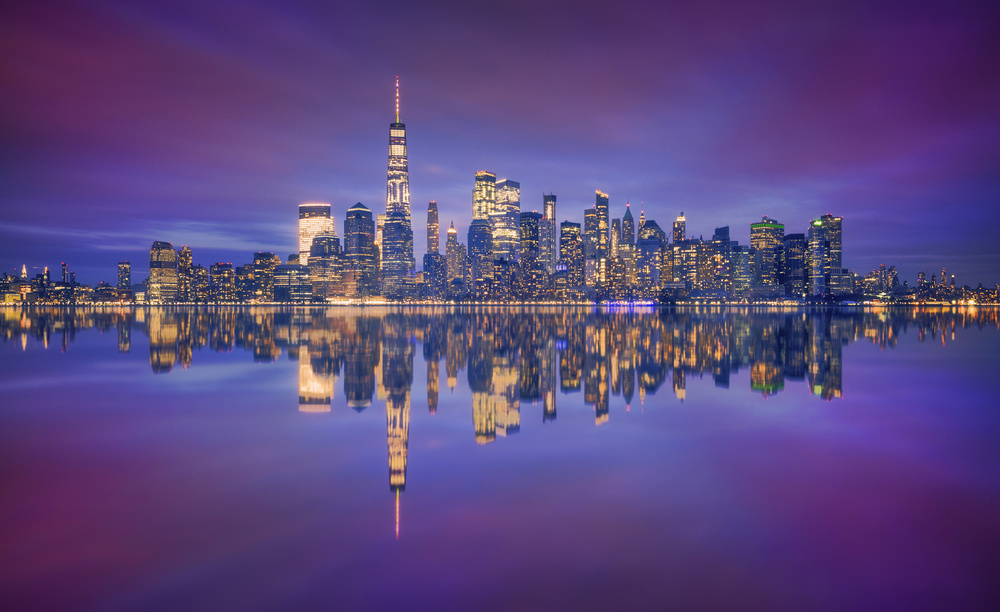
'Skyline from NJ' by Carlos F. Turienzo
Lighting is hardly ever perfect for architectural photography and it is sometimes useful to use HDR to take care of really difficult situations but take care not to overdo it.
Low ISO is a must – as low as you can go, using a tripod to compensate for the slower shutter speed that becomes necessary to avoid camera shake and to facilitate extreme sharpness. (Extreme low shutter speeds and multiple shots over a period of time will also help to remove people and traffic from the shot when the exposures are combined.)
High f/stops are essential for crispness but, of course, artistic effects can be obtained by using wide open lenses as well. Tilt-shift lenses are also useful for adding selective blur to photos.
To sum up, I believe that careful preparation, research and getting to know your architectural subject intimately will help you to find that “something” that will make your photo stand out – the zip, vim, wow, that final ingredient that brings the building to life.
 | Write |
 | Nieves Bautista. PRO . Thanks to Lourens for his interesting article. thank you Yvette .my congratulations to all. |
 | Stephen Clough PRO Very interesting article. Wonderful pictures! |
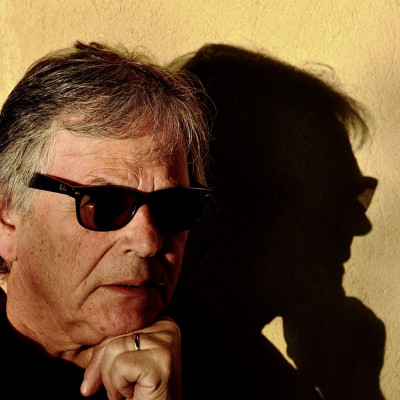 | Arnon Orbach CREW Excellent selection of architecture photos. Interesting and inspiring article. my compliments Lourens and Yvette for this publication. |
 | Lourens Durand CREW Thanks for your appreciation, Arnon |
 | Yvette Depaepe CREW Thank you, dear Arnon! |
 | carmenvillar PRO Great pictures! A very good compilation of architectural images!! |
 | Lourens Durand CREW Thanks Carmen |
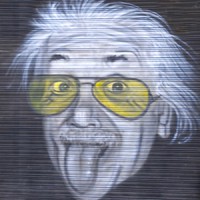 | Jose C. Lobato PRO A very interesting article. A pleasure to read and be part of the selection of images. Thank you very much Lourens. A cordial greeting. |
 | Lourens Durand CREW Thank you, Jose |
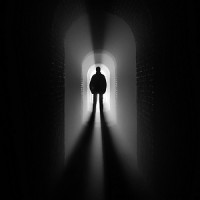 | Marc Huybrighs PRO Interesting article about this special branch of photography. Well presented and documented. Thank you Lourens for using one of my photos as an example and thank you Yvette for the placement. |
 | Yvette Depaepe CREW Thank you for your appreciation, Marc. And congratulations with your image fitting so well as banner on the frontpage ;-) |
 | Lourens Durand CREW Thanks for your appreciation, Marc. |
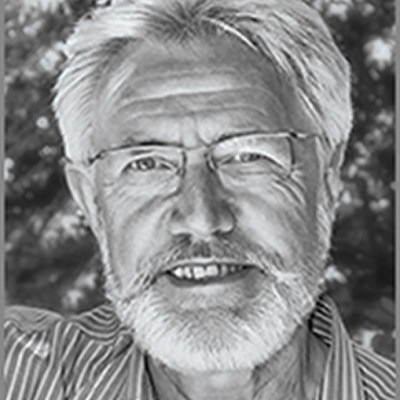 | Herbert A. Franke PRO I find the presentation is extremely well done. I am pleased that one of my pictures was also included in the selection. I like all the pictures shown here for a variety of reasons. Because of their very good quality, they are a source of inspiration for me. Thank you very much, Yvette and Lourens, for showing this topic here.
Best regards and please stay healthy.
Herbert |
 | Yvette Depaepe CREW Glad with your appreciation, dear Herbert! |
 | Lourens Durand CREW Thank you for your comments, Herbert. Much appreciated. |
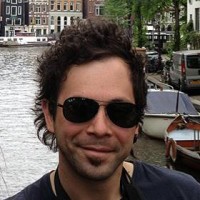 | Ales Krivec PRO Thanks for including my image and grats to everyone, stunning images. :) |
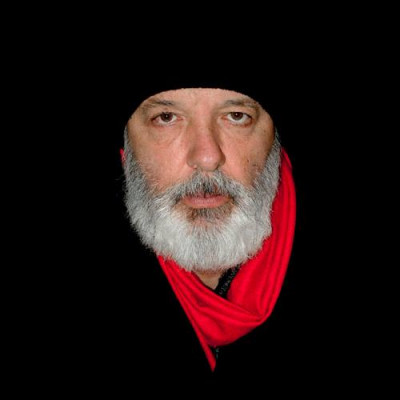 | Massimo Della Latta Thanks to Lourens and Yvette and congratulations to everyone. |
 | Yvette Depaepe CREW Thank a lot for your appreciation, Massimo! |
 | Lourens Durand CREW Thanks for your appreciation, Massimo. |